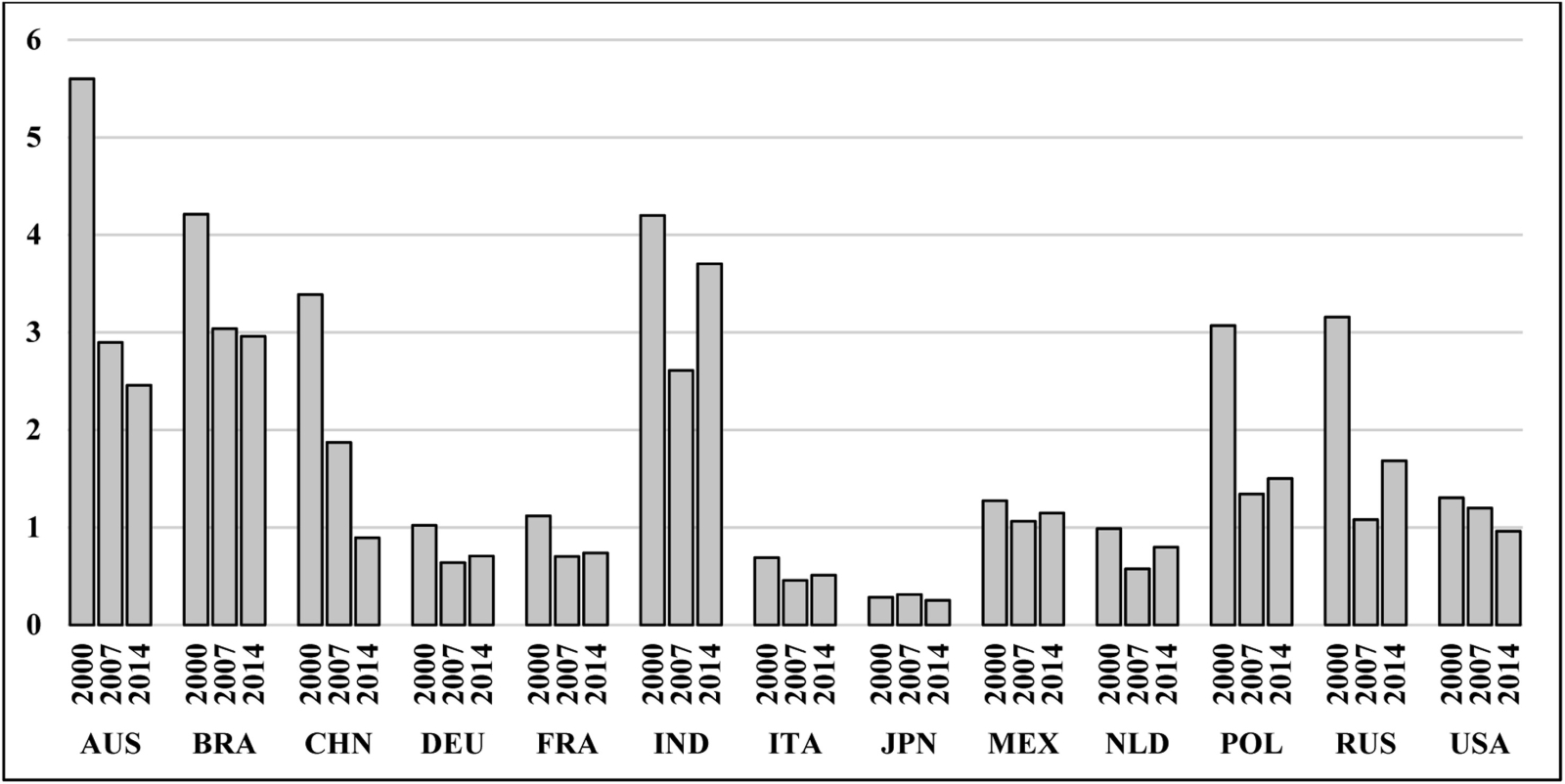December 10, 2020 | Journal of Cleaner Production |
Introduction: The concept of the carbon footprint (CF) has become integral to understanding greenhouse gas (GHG) emissions and their impact on the environment. However, there is no universally accepted definition, leading to varying interpretations and methods for measurement. Initially focused on carbon dioxide (CO2) emissions, the CF now encompasses other GHGs like methane and nitrous oxide. Two main methods, process analysis and environmentally extended input-output analysis, are used to quantify emissions, each with its advantages and limitations. Researchers from PoznaŇĄ University of Life Sciences in Poland apply these methods to assess the CF of agribusiness, which encompasses agricultural production and food industry.
Key findings: By comparing the GHG emission from food production in selected countries during 2000, 2007, and 2014 to GDP of agribusiness, the researchers find a decreasing trend in the ratio of emissions to GDP over the study period. This contradicts the assumption that increased emissions reflect poorer environmental performance. Notably, China and Brazil showed significant emission increases alongside decreased emissions per unit of agribusiness GDP. This suggests that production grew faster than emissions, indicating potential for increased food production with relative environmental sustainability amid rising GHG emissions.

Fig. | Agribusiness carbon footprint per agribusiness GDP at 2010 constant prices [kilogram of CO2 equivalent/USD 1 worth of GDP].


